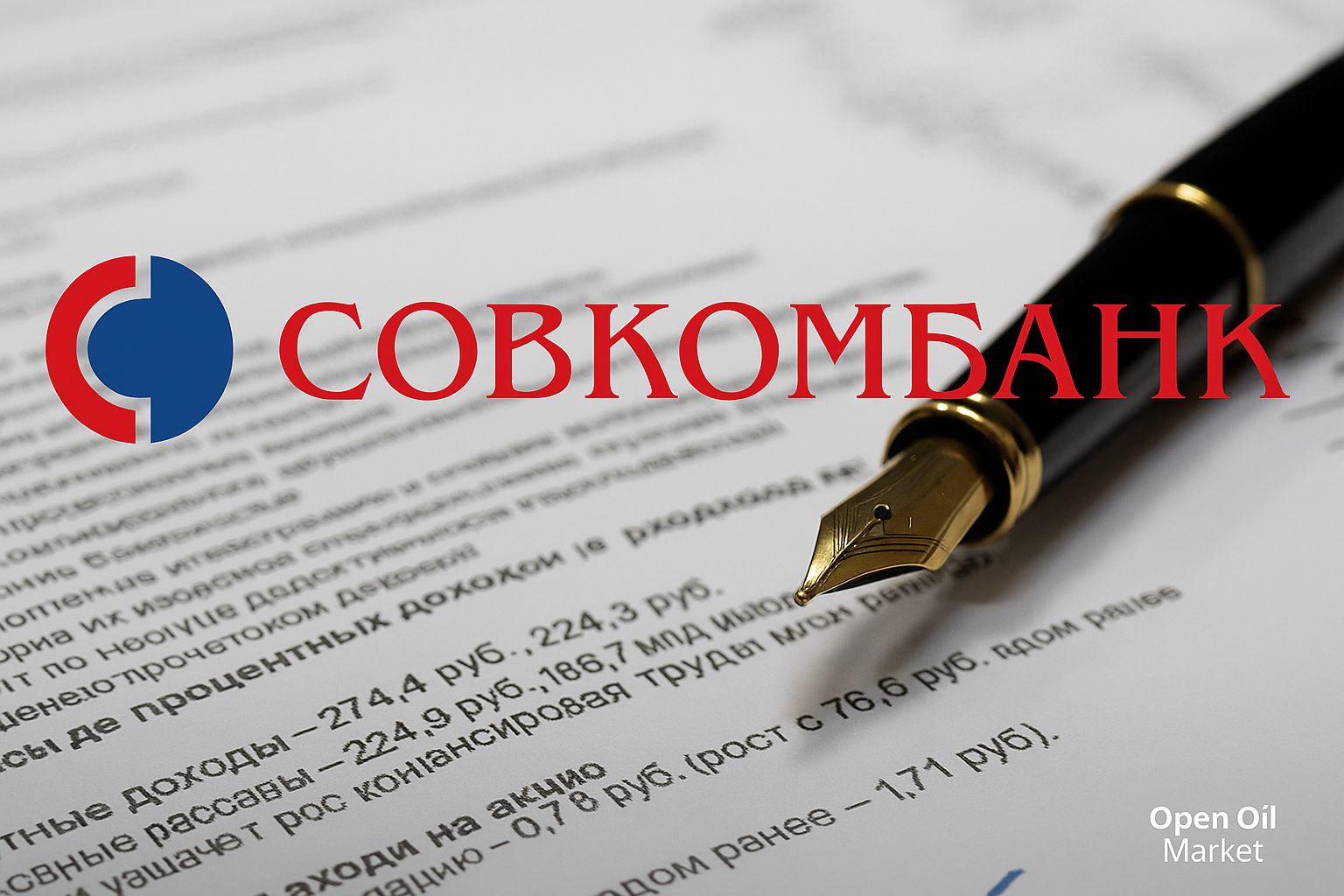RUSAL: Adjusted Loss in H1 2025, Weaker EBITDA and Production Decline—What Does This Mean for Investors?
Key Financial Results
- Adjusted IFRS Result: loss of $194 million compared to a profit of $446 million the previous year.
- Adjusted EBITDA: $748 million compared to $786 million the previous year (≈−4.8% year-on-year).
- Aluminum Production: 1.924 million tons, change −1.7% year-on-year.
- Market Reaction: RUSAL shares in Hong Kong +1.5% “on the news”.
Understanding the Numbers
- Profitability Across the Supply Chain “Bauxite → Aluminum → Product”: pressures on spreads due to volatility in premiums to market prices and energy costs.
- Operating Expenses: logistics, energy, and consumables remain key cost drivers.
- Industry Demand: automotive, packaging, and construction exhibit uneven dynamics, reflected in the product mix.
Profitability and Cash Flow
The decline in adjusted EBITDA to $748 million amid moderate output reduction indicates compression in operating margins. Profitability pressures are likely attributed to pricing conditions and cost structures. Key factors for maintaining free cash flow include:
- strict control of CapEx and prioritization of projects with quick ROI;
- optimization of energy consumption and raw material procurement;
- management of working capital (inventory, receivables, payment terms).
Operational Indicators
- Aluminum Output: 1.924 million tons (−1.7% year-on-year) — moderate volume reduction against market conditions.
- Product Mix: balancing between primary metal and higher value-added products is critical for stabilizing margins.
- Sales Geography: market diversification reduces sensitivity to local demand fluctuations.
Market Reaction and Possible Motivations
The short-term share price increase of +1.5% may reflect expectations of improved pricing conditions in the second half of the year, as well as hopes for cost optimization effects. The market may have already priced in weak figures, while actual results aligned with consensus expectations from investors.
Factors That Could Improve the Outlook in H2
- Aluminum Price Environment and Premiums: recovery in demand from automotive and packaging sectors will support prices and premiums over the LME.
- Energy CapEx and Efficiency: reduction in energy consumption intensity and improvement in capacity utilization.
- Product Mix: increased share of alloys and semi-finished products with higher margins.
Risks to the Investment Case
- Pricing: prolonged stagnation of market prices and LME premiums pressures EBITDA.
- Costs: energy-intensive production raises sensitivity to tariff and energy price fluctuations.
- Logistics and Supply Chains: disruptions in supply chains and rising freight costs diminish margins.
What Investors Should Monitor
- Trends in aluminum prices and regional premiums to the LME.
- Energy costs and the effectiveness of cost-saving programs.
- Sales structure: share of high-value-added products and capacity utilization of key facilities.
- Free cash flow, discipline in CapEx, and dividend policy.
Portfolio Conclusion
RUSAL's results for H1 2025 highlight profit weakness and margin compression in the context of moderate production declines. The investment focus should be on operational efficiency, product mix, and pricing conditions in H2. For long-term investors, a selective approach, paying close attention to EBITDA trends, free cash flow, and signs of demand stabilization in key end markets, is advisable.
